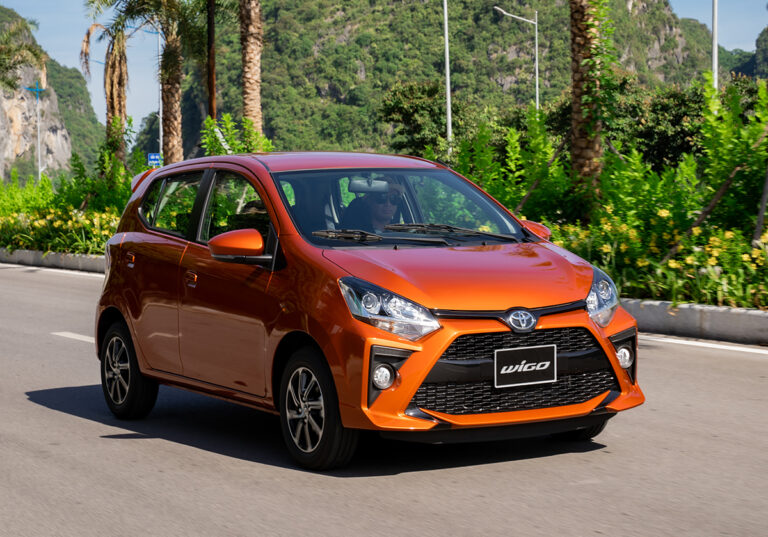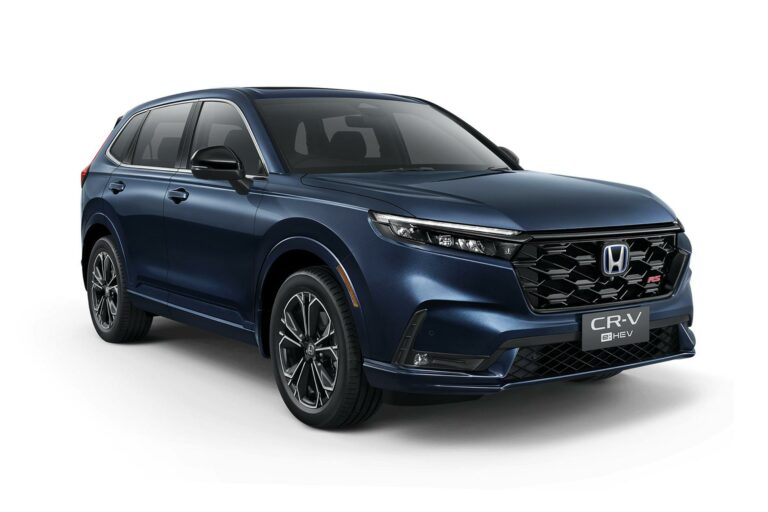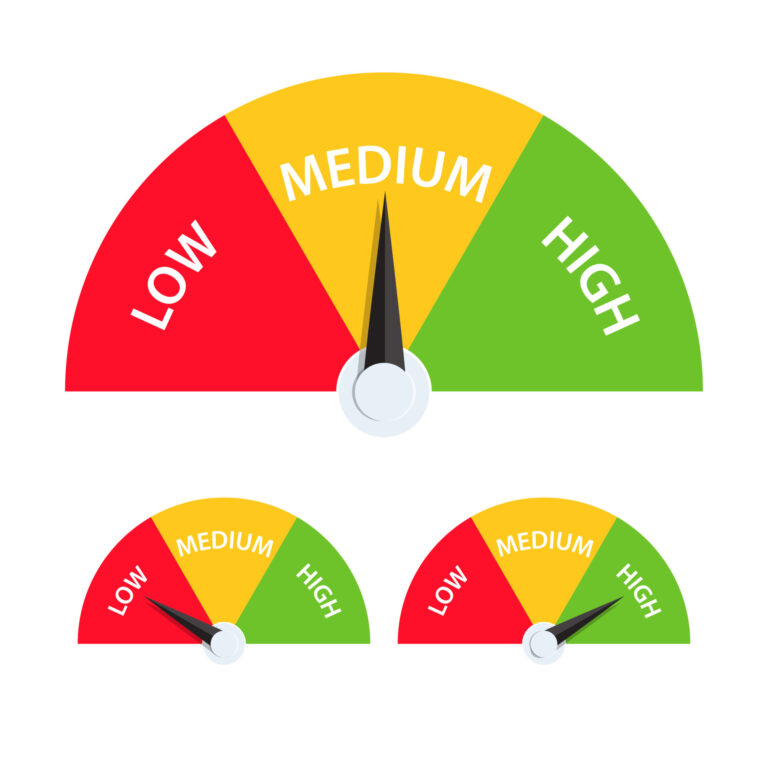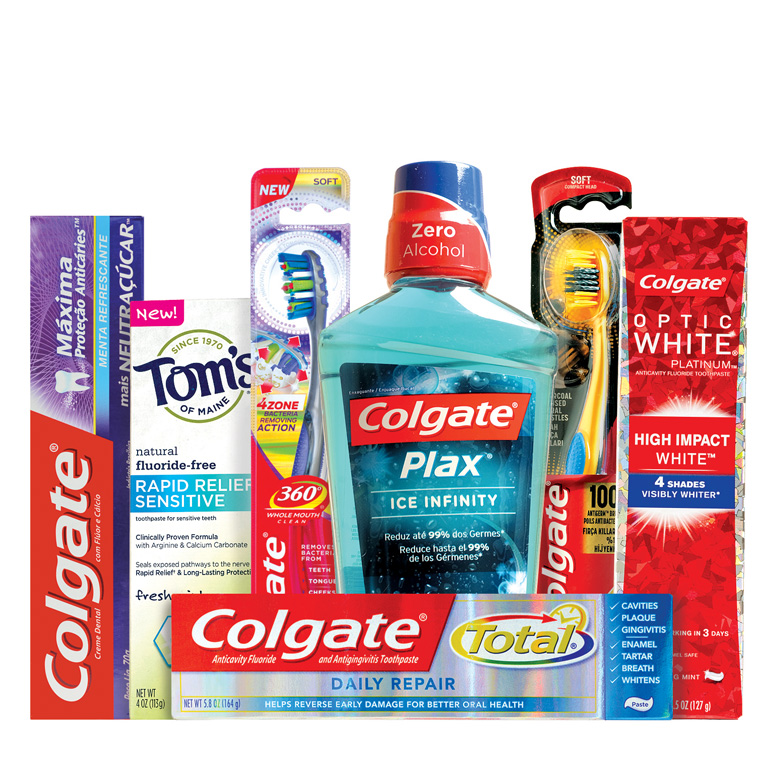Worst Luxury Car Brands: Navigating the Potholes of Prestige
Worst Luxury Car Brands: Navigating the Potholes of Prestige cars.truckstrend.com
The allure of a luxury car is undeniable. It promises not just transportation, but an experience: exquisite craftsmanship, cutting-edge technology, exhilarating performance, and a status symbol that speaks volumes. Yet, beneath the gleaming chrome and sumptuous leather, some luxury brands can hide a dark secret – a propensity for disappointing their owners, draining their wallets, and ultimately failing to deliver on the very promise of luxury. This article delves into what constitutes a "worst" luxury car brand, exploring the pitfalls that can turn a dream purchase into a costly nightmare, and offering practical advice to help discerning buyers avoid these automotive quagmires.
What Defines a "Worst" Luxury Car Brand?
Worst Luxury Car Brands: Navigating the Potholes of Prestige
It’s crucial to understand that "worst" in the context of luxury cars doesn’t necessarily mean the cheapest or the least powerful. Instead, it refers to brands that consistently fail to meet the elevated expectations associated with their premium price tags. These failures manifest in several critical areas:
-
Subpar Reliability & Durability: The most common and frustrating issue. Luxury car buyers expect flawless operation, not frequent breakdowns, electrical gremlins, or persistent mechanical issues that leave them stranded or constantly at the service center. When a premium vehicle spends more time in the shop than on the road, it severely diminishes the ownership experience.
-
Rapid Depreciation & Poor Resale Value: A luxury car is an investment, and while all cars depreciate, some brands shed value at an alarming rate. This can be due to poor brand perception, high maintenance costs, or a lack of demand in the used market. For buyers, it means a significant loss of capital when it’s time to sell or trade in.
-
Exorbitant Maintenance & Repair Costs: Beyond regular servicing, "worst" luxury brands often come with eye-watering repair bills for even minor issues. Proprietary parts, specialized labor, and complex systems can turn a simple fix into a four-figure expense, making long-term ownership financially unsustainable for many.
-
Outdated Technology & Poor Infotainment: In an era where connectivity and intuitive user interfaces are paramount, some luxury brands lag behind. Clunky infotainment systems, unreliable navigation, or a lack of modern safety features can quickly make a high-end vehicle feel antiquated and frustrating to use.
-
Questionable Build Quality & Fit-and-Finish: Luxury cars are defined by their attention to detail. Squeaks, rattles, misaligned panels, cheap interior materials, or poorly functioning accessories are unacceptable in a vehicle costing tens or hundreds of thousands of dollars. These flaws undermine the perception of craftsmanship and quality.
-
Lackluster Customer Service & Dealer Experience: The luxury segment demands an equally luxurious buying and service experience. Brands that offer unhelpful dealerships, long wait times for service appointments, or a general lack of responsiveness fail to provide the holistic premium experience that customers expect.
-
Unfulfilled Promise of Luxury Experience: Ultimately, a "worst" luxury brand fails to deliver on the intangible aspects of luxury – the feeling of exclusivity, effortless performance, and peace of mind. Instead, it delivers stress, financial burden, and disappointment.

Common Pitfalls and Their Consequences
Falling for a "worst" luxury brand has significant consequences beyond the initial purchase price:
- Financial Drain: High depreciation means you lose more money over time. Exorbitant maintenance and repair costs mean ongoing, unpredictable expenses that can quickly exceed your budget.
- Time Sink: Frequent trips to the service center mean lost time and inconvenience, disrupting your schedule and causing frustration.
- Diminished Enjoyment: Constant worries about reliability or impending repair bills can overshadow the joy of driving a beautiful, powerful car.
- Frustration and Stress: Dealing with persistent issues, unhelpful dealerships, or significant financial outlays can lead to considerable stress and buyer’s remorse.
- Reputation Damage (for the brand): Consistent negative experiences accumulate, damaging the brand’s reputation and further exacerbating depreciation for future models.
Brands Often Cited for Challenges (with Nuance)
It’s important to approach this section with nuance, as brand quality can fluctuate, and perceptions vary. However, certain luxury marques have historically, or in specific models/eras, faced consistent criticism in the areas mentioned above. This is not to say all their vehicles are problematic, but rather that buyers should exercise extra caution and conduct thorough research.
- Maserati: While undeniably beautiful and powerful, Maserati has frequently appeared on lists for lower-than-average reliability, rapid depreciation, and very high maintenance costs. Owners often report electrical issues and expensive repairs once the warranty expires.
- Alfa Romeo: Known for their passionate design and driving dynamics, Alfa Romeo has a historical reputation for reliability concerns and build quality issues, particularly in the past. While newer models like the Giulia and Stelvio have shown improvements, lingering perceptions and some reported issues still give buyers pause regarding long-term ownership costs and dependability.
- Land Rover / Jaguar: These British luxury brands, especially older models, have faced persistent criticism for electrical problems, reliability issues, and high repair costs. While both brands have made significant strides in recent years to improve quality and dependability, some models or specific generations might still carry this baggage, impacting their resale value and perceived long-term ownership costs.
- Certain European Performance Sedans (e.g., Specific BMW M or Mercedes-AMG models): While offering exhilarating performance, some highly complex, high-performance variants from otherwise reputable brands can be notorious for extremely high maintenance costs, expensive specialized parts, and sensitivity to regular, precise servicing. Their reliability can be excellent if maintained meticulously, but any deviation or unexpected failure can lead to massive bills.
- Some Niche/Boutique Brands: While offering exclusivity, some smaller luxury manufacturers might struggle with parts availability, a sparse dealer network, and long-term support, making ownership challenging if issues arise.
How to Identify Potentially Problematic Luxury Cars Before Buying
Forewarned is forearmed. Here’s how to conduct your due diligence:
- Research Reliability Ratings: Consult independent third-party surveys from reputable organizations like J.D. Power (Vehicle Dependability Study), Consumer Reports, and RepairPal. These aggregate real-world owner experiences and provide valuable insights into reliability trends.
- Check Depreciation Rates: Websites like Edmunds, Kelley Blue Book (KBB), and iSeeCars.com offer tools to estimate depreciation for various makes and models. A high depreciation rate is a red flag.
- Scrutinize Maintenance Schedules & Costs: Ask the dealer or research online for typical maintenance schedules and estimated costs for major services (e.g., 30k, 60k, 90k miles). Look for common failure points and associated repair costs.
- Read Owner Reviews & Forums: Dive into owner forums, social media groups, and review sites. Real-world experiences, both positive and negative, offer invaluable insights that marketing materials won’t. Pay attention to recurring complaints.
- Get a Pre-Purchase Inspection (PPI): For used luxury cars, a PPI by an independent, trusted mechanic specializing in that brand is non-negotiable. They can uncover hidden issues that might not be obvious during a test drive.
- Review Warranty Coverage: Understand the standard warranty (duration, mileage, what’s covered/excluded) and consider extended warranty options, especially for brands with known reliability concerns.
Practical Advice for Smart Luxury Car Ownership
Even when targeting reliable luxury brands, smart ownership practices are key:
- Consider Certified Pre-Owned (CPO): CPO programs offered by manufacturers typically include a rigorous inspection, reconditioning, and an extended factory warranty, offering peace of mind at a lower price point.
- Factor in Total Cost of Ownership (TCO): Don’t just look at the purchase price. Calculate insurance, fuel, maintenance, repairs, and estimated depreciation over your ownership period. Websites like Edmunds and KBB often provide TCO calculators.
- Extended Warranties: Yes or No? For brands with known reliability issues or complex, expensive components, a reputable extended warranty can be a wise investment, cushioning the blow of unexpected major repairs. However, read the fine print carefully.
- Test Drive Thoroughly: Don’t just take it around the block. Drive the car on various road types, at different speeds, and test all features (infotainment, climate control, safety tech). Listen for unusual noises and feel for any anomalies.
- Don’t Fall for Brand Hype Alone: Look beyond the badge and the marketing. Focus on data, independent reviews, and your personal needs and budget. A car that looks great on paper might not be the right fit for your long-term ownership goals.
- Regular, Proactive Maintenance: Luxury cars, especially performance-oriented ones, demand strict adherence to maintenance schedules. Skipping services to save money upfront will almost certainly lead to more expensive problems down the line.
Challenges Faced by Underperforming Luxury Brands
Brands that consistently fall into the "worst" category face an uphill battle:
- Restoring Reputation: It takes years, even decades, of consistent quality and reliability improvements to shed a negative reputation.
- Catching Up on Tech/Quality: Investing heavily in R&D, manufacturing processes, and quality control is essential, often requiring significant financial outlay.
- Retaining Customer Loyalty: Disappointed customers are unlikely to return. Brands must work hard to win back trust through improved products and exceptional service.
- Maintaining Desirability: Balancing improvements with maintaining the brand’s unique identity and desirability in a competitive market is a constant challenge.
Conclusion
The pursuit of luxury in an automobile is a desire shared by many, but the path to fulfilling that desire is fraught with potential missteps. While every car has its quirks, some luxury brands consistently underperform, transforming the dream of prestige into a reality of financial strain and frustration. By understanding what defines a "worst" luxury car brand – namely, subpar reliability, rapid depreciation, exorbitant costs, and a failure to deliver on the promise of luxury – and by applying rigorous research and practical advice, consumers can navigate the market with confidence. The key lies in looking beyond the badge and focusing on the total cost of ownership, long-term dependability, and the true value of the ownership experience. Choose wisely, and your luxury car will be a source of joy, not regret.
Table: Common Issues & Financial Impact of "Worst" Luxury Brands
This table illustrates common problem areas associated with brands often cited for challenges in the luxury segment, and their typical financial impact on owners.
| Issue Category | Description | Financial Impact | Illustrative Brands (Commonly Associated) |
|---|---|---|---|
| Subpar Reliability | Frequent mechanical, electrical, or structural failures; recurring issues. | High repair bills, increased downtime, potential safety concerns, accelerated depreciation. | Maserati, Alfa Romeo, older Land Rover/Jaguar models |
| Rapid Depreciation | Significant loss of value in the first 3-5 years of ownership, poor resale value. | Major financial loss upon resale/trade-in, high effective cost of ownership. | Maserati, Alfa Romeo, some niche American luxury brands (e.g., Cadillac, Lincoln) |
| Exorbitant Maintenance Costs | High costs for routine servicing, specialized fluids, and premium parts; complex systems requiring expert labor. | Elevated annual ownership costs, unexpected large bills for minor issues. | Maserati, some high-performance German models (e.g., M, AMG), older Land Rover/Jaguar |
| Poor Build Quality | Interior squeaks/rattles, misaligned panels, flimsy materials, premature wear of components. | Diminished luxury feel, potential for costly interior repairs, lower resale value. | Alfa Romeo (historical), some specific models from various brands |
| Outdated/Flawed Technology | Clunky infotainment systems, unreliable navigation, slow software, lack of modern features. | Frustrating user experience, inability to integrate with modern devices, rapid obsolescence. | Varies by model/generation across brands, often an issue with older platforms. |
| Limited Dealer Network/Support | Difficulty finding authorized service centers, long waits for parts/service, inconsistent customer care. | Inconvenience, extended repair times, potentially higher costs due to limited competition. | Smaller, niche luxury brands, some imported marques with limited presence. |
Frequently Asked Questions (FAQ) about Worst Luxury Car Brands
Q1: Are all luxury cars unreliable?
A1: No, absolutely not. Many luxury brands, such as Lexus, Acura, and certain models from Audi, Mercedes-Benz, and BMW, consistently rank highly in reliability studies. The "worst" labels apply to specific brands or models that historically or currently underperform in reliability, depreciation, or ownership costs relative to expectations.
Q2: How much more expensive is it to maintain a luxury car compared to a regular car?
A2: Significantly more. Luxury cars use specialized parts, complex electronic systems, and often require expert labor. Routine maintenance can be 2-3 times more expensive, and major repairs can run into thousands or even tens of thousands of dollars, far exceeding the cost for a mainstream vehicle.
Q3: Does buying a used luxury car help avoid issues associated with "worst" brands?
A3: It can help mitigate initial depreciation, but it often exacerbates the other issues. A used luxury car from a "worst" brand is more likely to be out of warranty, leaving you fully responsible for potentially massive repair bills. Always get a thorough pre-purchase inspection and consider a robust extended warranty for such vehicles.
Q4: Which luxury brands are generally considered reliable?
A4: Lexus and Acura consistently top reliability charts year after year. Infiniti also generally performs well. Among European brands, Audi and Volvo have shown strong reliability in recent years, with Mercedes-Benz and BMW being more hit-or-miss depending on the specific model and year, but generally reliable within their warranty period.
Q5: What’s the biggest mistake buyers make when purchasing a luxury car?
A5: The biggest mistake is often focusing solely on the purchase price and brand prestige, without adequately considering the total cost of ownership (TCO) including depreciation, insurance, fuel, and especially long-term maintenance and repair costs. Ignoring reliability reports and owner reviews is another critical error.




